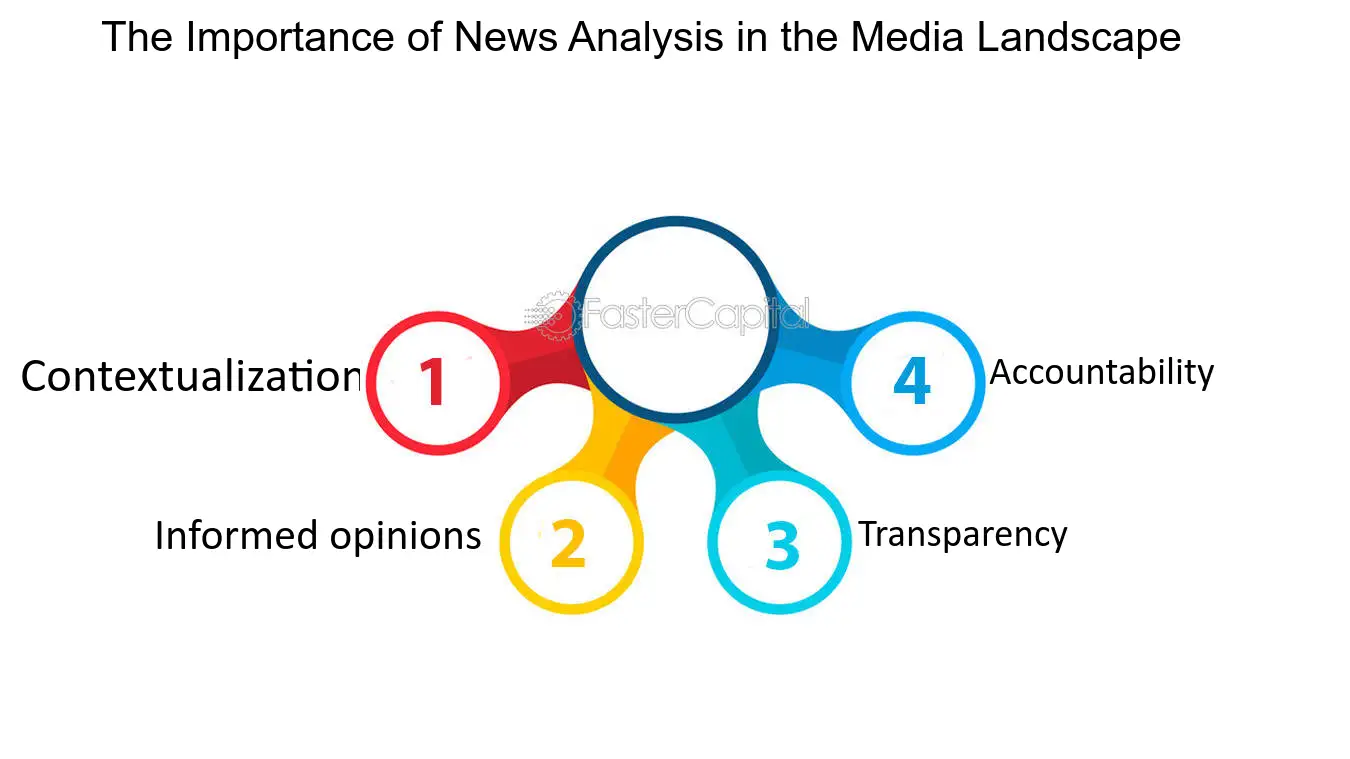In today’s hyper-connected world, news comes at us fast and from all directions. The proliferation of news outlets, social media, and instant reporting has made it easier than ever to stay informed. However, the sheer volume of information can often make it difficult to understand the significance of events or discern their true impact. This is where news analysis comes into play. More than just a recounting of facts, news analysis offers context, interpretation, and insight. It helps the public make sense of complex stories, offering a deeper understanding of current events and their implications. In this article, we will explore the importance of news analysis, how it differs from regular reporting, and why it is crucial in shaping an informed and thoughtful audience.
What is News Analysis?
At its core, news analysis goes beyond the “what” of news reporting and delves into the “why” and “how.” While traditional news stories aim to present facts in a straightforward manner, news analysis interprets these facts, breaking them down and examining their broader context. This could mean exploring the political, economic, or social backdrop of a story or analyzing the potential long-term consequences of an event. It’s an approach that helps audiences not just understand what has happened, but why it matters.
For instance, a news report might inform readers about a significant change in climate policy. A news analysis, on the other hand, would take that information further, offering insights into the political motivations behind the policy, the likely reactions from key stakeholders, and the potential environmental and economic impacts. By going beyond the surface-level details, analysis gives readers a fuller picture of the issues at hand, enabling them to engage more deeply with the subject matter.
The Role of News Analysis in the Modern Media Landscape
In an age where information is easily accessible, the role of news analysis has never been more critical. With an overwhelming amount of data available at the click of a button, people need more than just facts—they need interpretation, explanation, and a broader perspective. News analysis fulfills this need by taking complex stories and making them more digestible and understandable for the average reader. It helps to bridge the gap between raw information and public understanding.
Moreover, news analysis serves as a counterbalance to the rapid, sometimes superficial, nature of modern news cycles. While breaking news is essential for keeping people informed in real time, it can often lack the depth necessary for readers to fully grasp the significance of events. News analysis, therefore, complements traditional reporting by offering a deeper dive into the issues, asking critical questions, and offering possible interpretations that help audiences think critically about the news they consume.
News Analysis vs. Opinion Pieces
It’s important to differentiate news analysis from opinion writing, as the two can sometimes be conflated. While both offer interpretations of events, news analysis is rooted in factual reporting and aims to offer a balanced examination of the issues at hand. Opinion pieces, on the other hand, are primarily driven by the writer’s personal views and may be more subjective in nature.
News analysis relies on expert knowledge, thorough research, and a balanced consideration of multiple perspectives. Its goal is not to persuade the reader of a particular viewpoint, but to provide them with the tools to understand the various dimensions of a news story. This is why news analysis often includes interviews with experts, references to historical events, and data-driven insights to support its conclusions.
Why News Analysis is Essential for Critical Thinking
One of the most significant benefits of news analysis is that it promotes critical thinking. In a time when misinformation and sensationalism can easily distort public perception, news analysis encourages readers to engage more thoughtfully with the news. It challenges audiences to question the motives behind events, the reliability of sources, and the potential biases in reporting.
By presenting multiple viewpoints and delving into the complexities of an issue, news analysis fosters a more informed and discerning public. Rather than accepting news at face value, readers are encouraged to consider different angles and think about the broader implications of the stories they encounter. This critical engagement is especially important in today’s polarized media environment, where opinions can often overshadow facts. News analysis provides a much-needed space for nuance and thoughtful interpretation, helping to elevate the public discourse.
Conclusion: The Lasting Impact of News Analysis
In a world inundated with information, the value of news analysis cannot be overstated. While breaking news provides the immediate facts of a story, news analysis gives those facts depth, context, and meaning. It helps readers move beyond surface-level understanding and equips them with the knowledge needed to navigate complex issues. By fostering critical thinking and offering well-rounded perspectives, news analysis plays a vital role in shaping an informed and engaged society.
As media consumers, it is essential to recognize the difference between straight reporting, analysis, and opinion. In doing so, we can better understand the world around us and make informed decisions based on a comprehensive understanding of the news. In an age of rapid-fire headlines and sound bites, news analysis offers a moment to pause, reflect, and truly grasp the importance of the events that shape our world.
